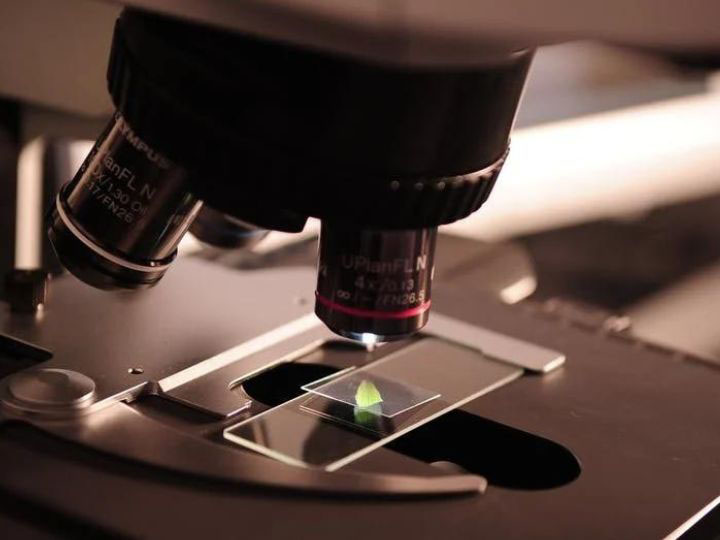Article in American Scientist Identifies Several Stages in the Evolution of Science
What is the common thread among mRNA vaccines, genomic drugs, NASA’s mission to the moon and the harnessing of nuclear power? They all have been products of science convergence, where knowledge from multiple scientific disciplines is integrated into new overarching knowledge that propels modern civilization. In the last 70 years, convergence achieved more than what science achieved in all its previous multi-millenial history combined.

In a new article in American Scientist magazine, professors Ioannis Pavlidis (University of Houston), Ergun Akleman (Texas A&M University) and Alexander M. Petersen (University of California, Merced) show that despite appearances to the contrary, convergence is not a new phenomenon that took science by storm, but a streak that runs deep into science’s nature.
Spanning 10 years, the researchers modeled the evolution of convergence by analyzing millions of scientific works using machine learning and other advanced data analytic methods.
In their account, the researchers identify several stages in the evolution of science, each characterized by a different form of convergence. First, polymathic convergence, which characterized early science up to the Renaissance period, exemplified by famous polymaths, such as Aristotle and Leonardo da Vinci. In polymathic convergence, knowledge integration was taking place within the minds of singular scholars at the time.

This was followed by a period of disciplinary divergence where theories developed within specific disciplines were turned into generalized templates with broader applications - a phenomenon the authors call convergence through divergence. Darwins theory of evolution in biology, which was used by others to explain economic and social systems, is a case in point.
Then, by the mid-20th century, dawned the era of multi-disciplinary team convergence, where experts from different disciplines were working together toward a common goal. In multi-disciplinary team convergence, knowledge integration has been taking place across teams of scientists with diverse expertise. A famous example of this type of convergence was the Manhattan Project, which ushered humanity into the nuclear era.
“Now in the early 21st century, we have detected the emergence of yet another form of convergence, which we call polymathic team convergence,” said Pavlidis, Eckhard-Pfeiffer Professor of Computer Science and the director of the Computational Physiology Laboratory at UH College of Natural Sciences and Mathematics. “In polymathic team convergence, knowledge integration takes place both within and across scholars, that is, a mix of individual polymathic and multi-disciplinary team convergence. Recent research in brain science exhibits telltale signs of polymathic team convergence.”
The study was partly funded by grants from the National Science Foundation (NSF), and intermediate results appeared in the journals Nature Physics (2014), Science Advances (2018) and Humanities & Social Sciences Communications (2021). The recent article in American Scientist brings all these developments into a coherent and comprehensive theory.
“This is not the first theory about the underlying mechanisms of science evolution. However, it is the first science evolution theory that is largely based on massive data analysis and modeling, which allows us to not only ‘prove’ the theory’s points for the past, but also estimate the confidence about the theory’s predictions for the future,” said Pavlidis.
Regarding the latter, the team of researchers predicts that convergence by the mid-21st century will evolve into what they call cyborg team convergence, where polymathic scientists will collaborate with artificial intelligence (AI) agents in mixed human-machine teams.
“Early signs of cyborg team convergence are here and are thoroughly described in our article,” Petersen noted.
- Chris Stipes, University Media Relations